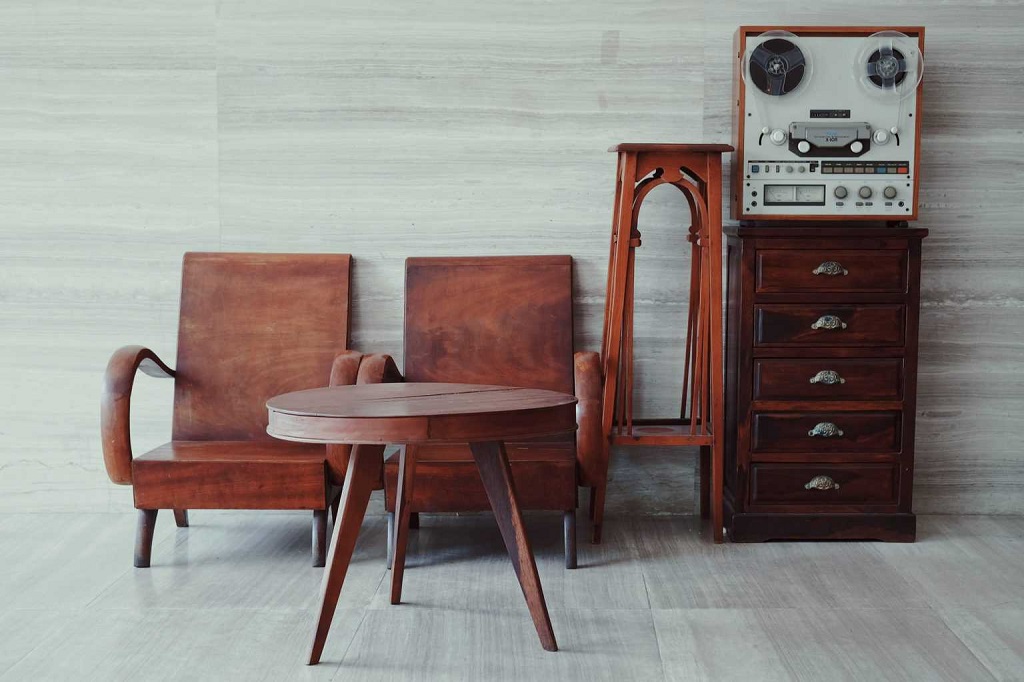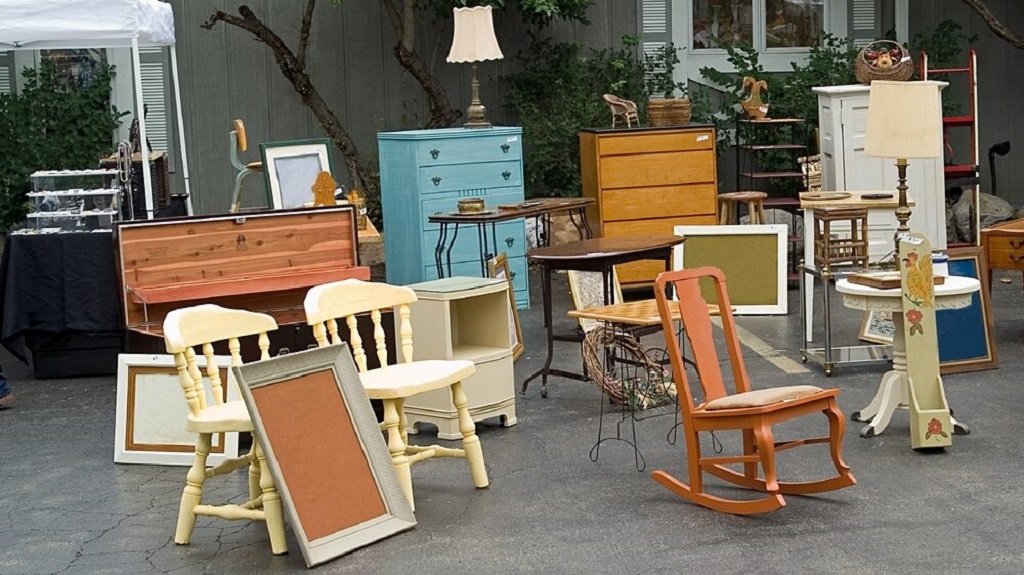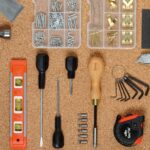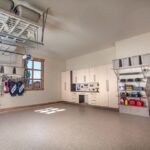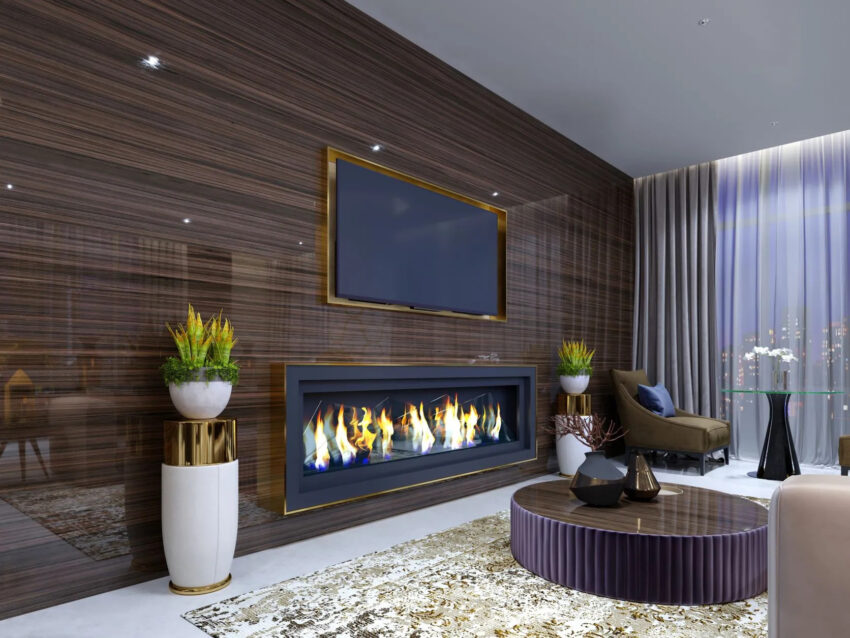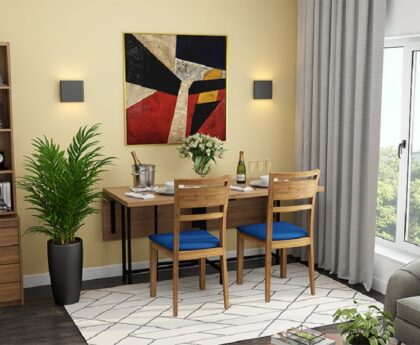The allure of furniture flipping is undeniable. Transforming a dated piece into a trendy treasure can be incredibly rewarding, both creatively and financially. But before you dive headfirst into the world of thrift stores and flea markets, it’s crucial to develop an eye for quality. A hidden gem can become a frustrating flop if you’re not careful. This guide equips you with the knowledge and strategies to confidently assess furniture before you buy, turning you from a flip novice to a seasoned pro.
Why Identifying Quality Matters
While a little TLC can work wonders, even the most creative paint job can’t salvage a structurally compromised piece. Here’s why identifying quality matters:
-
Investment Protection: Quality furniture is a worthwhile investment. It will last longer, retain its value, and provide years of enjoyment or potential resale profit.
-
Structural Integrity: A sturdy frame ensures the furniture can withstand everyday use and prevent future repairs or potential safety hazards.
-
Restoration Potential: Quality materials and craftsmanship respond better to restoration efforts like refinishing or reupholstering, leading to a more successful flip.
Identifying Quality: A Multi-Step Approach
Evaluating furniture involves a combination of visual inspection, hands-on testing, and understanding construction methods. Here’s a step-by-step approach:
-
Visual Inspection:
-
Overall Condition: Look for cracks, splits, warping, or water damage. Avoid pieces with significant structural issues.
-
Joints and Connections: Check for loose or wobbly joints, particularly crucial for chairs, tables, and dressers. Tight joints indicate strong construction.
-
Springs and Padding: For upholstered furniture, feel for sagging, unevenness, or broken springs. Consider reupholstering costs when evaluating price.
-
Hardware: Check for missing or damaged hinges, knobs, or handles. Replacement costs can impact the overall flip viability.
-
-
Hands-on Testing:
-
Sit, Shake, and Slide: Sit on chairs and test for stability. Shake tables and dressers to assess overall sturdiness. Check drawers for smooth operation.
-
Wood Type: Solid wood pieces are generally more durable than veneer or particleboard. Run your hand over surfaces. Real wood feels smooth and solid, while veneer might have a slight texture.
-
Metalwork: Check for rust on metal components like legs or drawer hardware. Rust signifies potential structural issues and restoration challenges.
-
-
Understanding Construction:
-
Joinery Techniques: Look for dowel joints, mortise, tenon construction, or dovetail drawers. These indicate stronger craftsmanship compared to staples or glue.
-
Spring Systems: For upholstered pieces, consider the spring system. Eight-way hand-tied springs offer superior support and longevity compared to simpler, less durable configurations.
-
Beyond the Basics: Additional Considerations
While the above steps provide a strong foundation, consider these additional factors:
-
Style and Functionality: Does the piece fit your design aesthetic and functional needs? Can it be easily transformed to suit your vision?
-
Size and Scale: Measure the space where the furniture will be placed. Ensure it’s the right size and doesn’t overpower the room.
-
Price vs. Investment: Factor in potential restoration costs like hardware replacements, reupholstering, or repairs. Does the asking price justify the investment compared to the finished product value?
Turning Knowledge into Confidence: Building Your Furniture Flipping Expertise
Developing your eye for quality takes practice and experience. Here are ways to refine your skills:
-
Research: Familiarize yourself with different furniture styles, construction methods, and materials. Online resources and vintage furniture guides can be helpful.
-
Browse Antique Stores and High-end Furniture Showrooms: Observe the quality of well-made pieces. This helps you set a mental benchmark for structural integrity and craftsmanship.
-
Start with Smaller Projects: Gain confidence by flipping pieces with less investment risk. Look for sturdy, well-made pieces that require minimal restoration.
-
Ask Questions: Don’t be afraid to ask sellers about the furniture’s history, age, and any known issues. This can provide valuable insights into potential hidden problems.
The Thrill of the Hunt: Making Informed Decisions
Furniture flipping isn’t just about finding the perfect piece; it’s about the challenge of unearthing a hidden gem and transforming it into something beautiful and functional. By honing your skills in identifying quality, you elevate your decision-making process, turning impulse buys into informed investments. Remember, a little knowledge goes a long way in avoiding “flip flops” and maximizing the success of your furniture-flipping adventures!
Bonus Tip: Take a friend with you! Their second opinion can be invaluable, especially when assessing size and scale or identifying potential problems you might miss.
Related: Indoor Folding Tables: The Perfect Blend of Elegance and Functionality for Your Home
Transforming Your Space, One Flip at a Time
The world of furniture flipping is exciting, offering endless possibilities to personalize your space, express your creativity, and potentially turn a profit. By equipping yourself with the knowledge to identify quality pieces, you embark on a journey of informed decision-making. Remember, the thrill lies not just in the final product, but in the process of unearthing a hidden treasure and giving it a new lease on life. So, happy hunting, fellow flippers! With a keen eye, a little patience, and guidance in this article, you’ll be well on your way to transforming your space, one fabulous furniture flip at a time!

